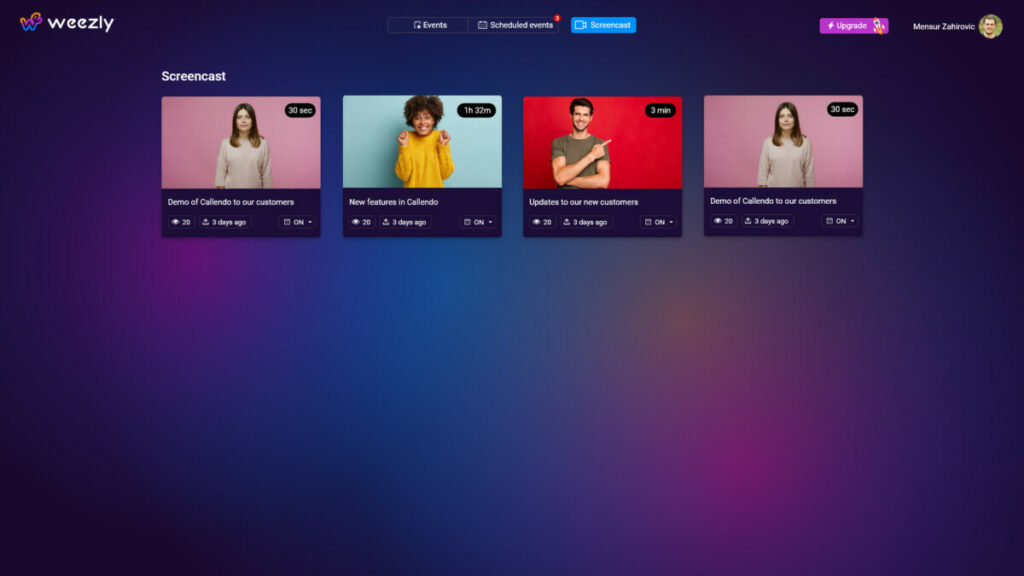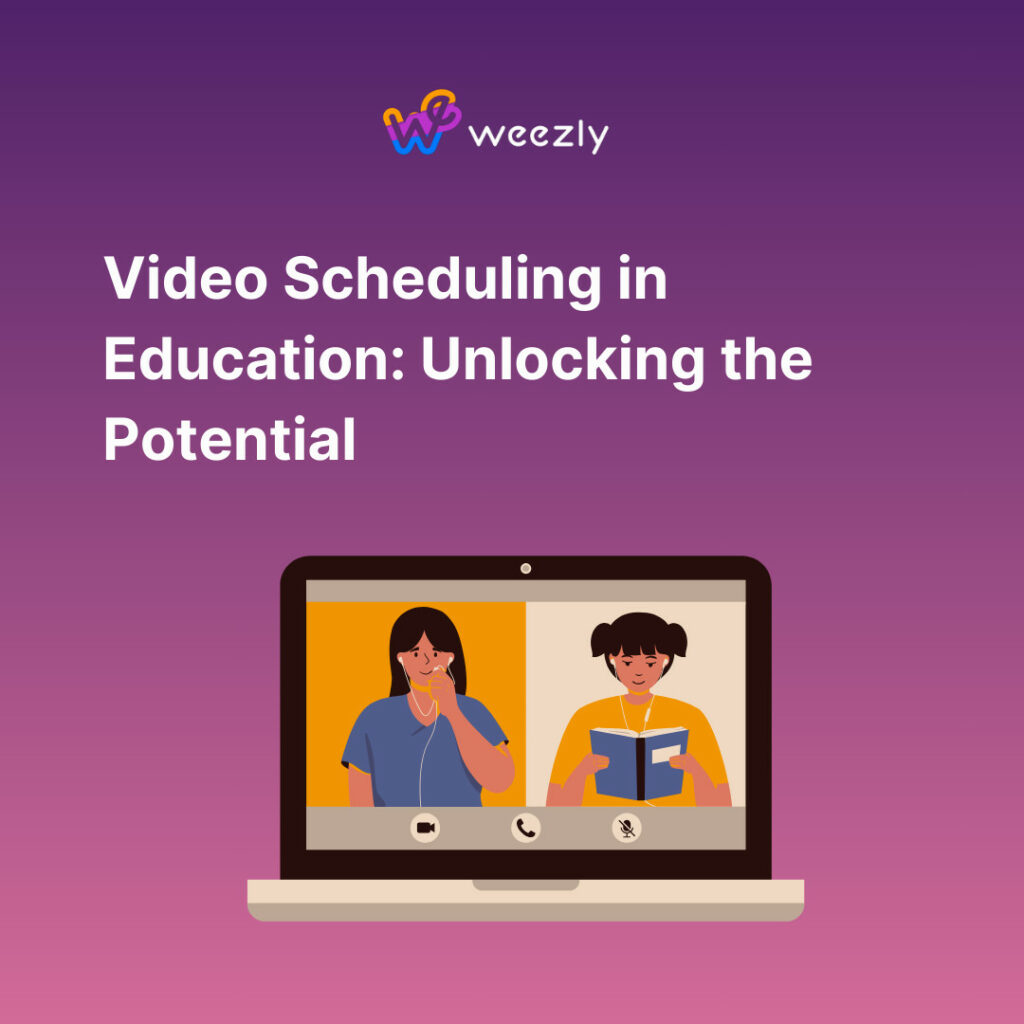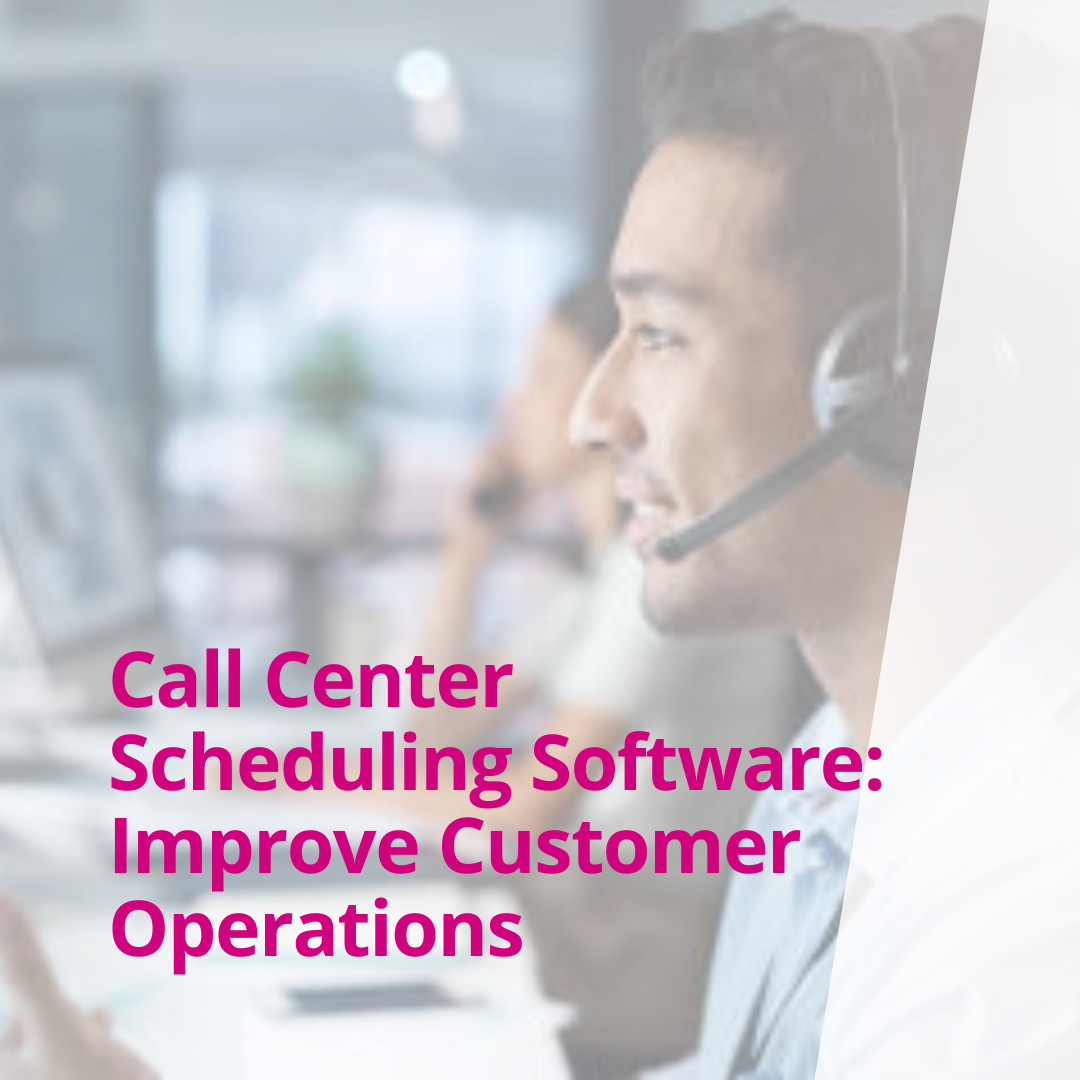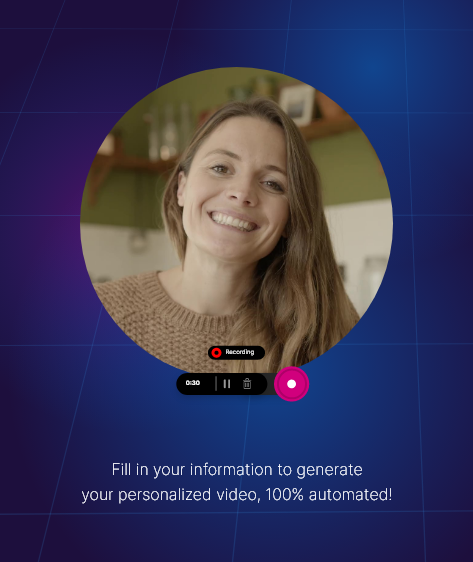The education sector is evolving at a revolutionary pace. The need for a more interactive, collaborative, and practical way of learning has pushed the boundaries of traditional teaching methods. One significant trend that’s changing the face of modern classrooms is video scheduling. In this post, we will discuss how integrating video scheduling in education presents new opportunities to unlock dynamic learning experiences.
But first, let’s tackle one fundamental question raised by our readers frequently.

A Historical Perspective
Historically, education was limited to brick-and-mortar classrooms, with teaching confined to the four walls and chalkboard discussions. However, the dawn of the 21st century ushered in a plethora of technological innovations, reshaping the landscape of learning. Technologies such as video conferencing and online scheduling tools began to penetrate the education market, providing an alternative and often complementary approach to traditional classroom instruction.
Why Integrate Video Scheduling in Education?
Integrating video scheduling in education presents a myriad of benefits:
- Flexibility: Accommodates diverse schedules of students and educators.
- Accessibility: Ensures learning resources are available anytime, anywhere.
- Engagement: Interactive videos can enhance learner’s engagement and understanding.
- Efficiency: Streamlines administrative tasks for educators.
The Power of Weezly
As the educational sector evolves, so do the tools that serve it. Enter Weezly, a groundbreaking product that combines the features of Calendly and Loom. With Weezly, users get the best of both worlds – the ease of scheduling and the dynamism of video communication.
Scheduling Made Easy

One of the standout features of Weezly is its scheduling capability. Drawing inspiration from Calendly, a renowned scheduling tool, Weezly offers:
- Synchronized Calendars: Automatically syncs with multiple calendars to avoid double-booking.
- Custom Time Slots: Educators can set their availability, ensuring they dictate their teaching hours.
- Automated Reminders: Sends timely notifications to students, minimizing no-shows.
Dynamic Video Capabilities
Borrowing from the strengths of Loom, a leader in video messaging, Weezly integrates:
- Instant Video Messaging: Allows educators to send quick video messages, clarifying doubts or providing feedback.
- Screen Sharing: Facilitates interactive sessions, especially beneficial for subjects requiring demonstrations.
- Video Analytics: Tracks engagement metrics, helping educators refine their video content.

Real-life Applications of Video Scheduling in Education
The potential of video scheduling in education is vast, with numerous real-world applications:
- Flipped Classrooms: Educators can pre-record lectures, allowing students to view them ahead of class and focus on interactive discussions during the actual class.
- Tutoring Sessions: Tutors can set their available slots, enabling students to book sessions at their convenience.
- Parent-Teacher Conferences: By allowing parents to pick suitable time slots, teachers can ensure more productive discussions.
- Group Projects: Students can schedule brainstorming sessions, ensuring everyone’s availability.
- Administrative Tasks: School management can efficiently schedule meetings, training sessions, and other activities.
How to Integrate Weezly Into the Education System?
Once you’ve chosen the appropriate video-scheduling platform, how do you integrate it into your education system?
Step 1: Understand Your Requirements
Before integrating a tool, you need first to understand your educational structure, student demographic, curriculum objectives, and teaching methods.
Step 2: Train Educators
Training educators on how best to use these tools goes a long way in ensuring effective utilization. Weezly offers resources on how to use their system.
Step 3: Create & Share Schedules
Create schedules for both synchronous (real-time) and asynchronous (pre-recorded or self-paced) sessions depending on the material’s complexity and students’ adaptable consumption pace.
Step 4: Embrace Flexibility
Recognize that just as learning styles differ so do information retention capacities – offering flexible options helps cater to each student’s unique needs. Tools such as Weezly offer handy features including polls, direct booking links, an embeddable scheduling widget, etc.
Step 5: Make Use of Analytics
Lastly, take advantage of analytics provided by sites like Weezly to monitor engagement and participation, identify areas needing improvement, and reinforce what works – allowing you to infuse efficiency into your educational model.
Are There Challenges That May Arise During the Integration Process?
Just as with any technological implementation, video scheduling isn’t exempt from potential hurdles. Security concerns, technical glitches, and lack of educator or student familiarity with the technology; all could present significant barriers. However, by offering sufficient support resources, regular training sessions, and focusing on user-friendly tools such as Weezly, these challenges can be mitigated effectively.
Video Scheduling in Education: Challenges and Solutions
While video scheduling offers numerous advantages, it’s not without challenges. Here are some common concerns and how they can be addressed:
- Technical Difficulties: Ensure that all stakeholders have the necessary training to utilize the tools effectively.
- Privacy Concerns: Choose platforms like Weezly, which prioritize user privacy and data security.
- Access Issues: Make provisions for students who might not have consistent internet access.
Conclusion
The fusion of video and scheduling in the education sector is not just a trend but a transformative shift. Tools like Weezly are not only making this integration seamless but are also enhancing the overall educational experience for both learners and educators. As we continue to navigate the complexities of modern education, innovations like these will undoubtedly play a pivotal role in shaping the future of learning.

FAQ (Frequently Asked Questions)
1. What is video scheduling in education?
Video scheduling in education refers to integrating video communication tools with scheduling capabilities, allowing educators and students to plan, manage, and participate in video-based learning sessions with ease.
2. How does Weezly differ from other educational tools?
Weezly uniquely combines the features of both Calendly and Loom. It offers the flexibility of scheduling, as seen in Calendly, and the dynamic video capabilities of Loom, making it a comprehensive solution for educators and learners alike.
3. Is Weezly secure for educational use?
Yes, Weezly prioritizes user privacy and data security. The platform ensures that all communication is encrypted, and user data is protected, adhering to international privacy standards.
4. How can Weezly be integrated into existing educational frameworks?
Weezly is designed with a user-friendly interface, making integrating into existing educational systems easy. It can be used as a standalone tool or with Learning Management Systems (LMS) and other educational platforms.
5. Are there training resources available for Weezly?
Absolutely! Weezly provides a range of training resources, including tutorials and customer support, to ensure users can maximize its features effectively.
6. Can Weezly be used for large-scale lectures or only small classroom settings?
Weezly is versatile and can be adapted for both large-scale lectures and smaller classroom or one-on-one settings. Its robust infrastructure ensures seamless video scheduling.
7. Are there any costs associated with using Weezly?
Weezly offers various pricing plans to cater to different educational needs, from individual educators to large institutions. For detailed pricing information, it’s best to visit the official Weezly website.
8. Does Weezly offer analytics for educators?
Yes. Educators can track engagement metrics, monitor video views, and gather insights to refine their content and teaching strategies.
9. Can students initiate video sessions on Weezly?
While the primary design of Weezly is for educators to schedule and conduct sessions, students can also utilize its features for group projects, study sessions, and more, provided they have the necessary permissions.





